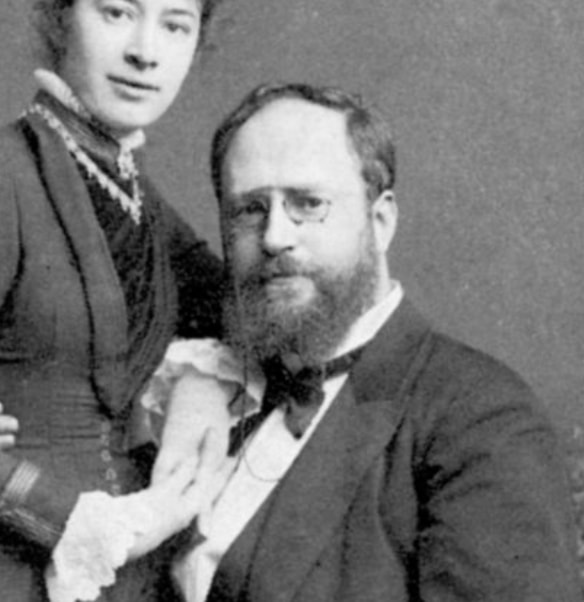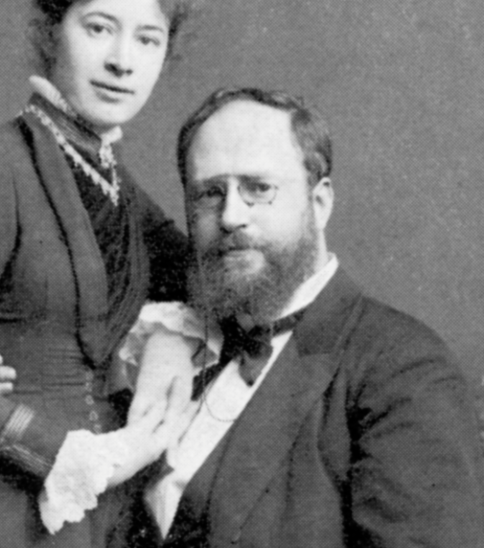
Ernst HERTER
 Ernst Herter (1846-1917) was a renowned German sculptor born in Berlin. He is best known for his works depicting mythological scenes and groups, both in bronze and marble.
Ernst Herter (1846-1917) was a renowned German sculptor born in Berlin. He is best known for his works depicting mythological scenes and groups, both in bronze and marble.
Herter worked in a neoclassical style inspired by that of Bertel Thorvaldsen, taught to him by his first master Gustav Blaeser in the 1860s. His works are characterised by their elegance, precision and delicate attention to detail. His first success was the presentation of Antigone, which was later commissioned by Wilhelm I for Berlin Castle in 1872 (now at Bad Homburg Castle). This event opened the door to imperial commissions, which continued until the 1900s with public monuments and imperial commissions for gardens. In 1875, Herter spent time in Italy, consolidating his approach to classical sculpture. He became Professor at the Académie des Beaux Arts in 1890. The sculptor's best-known work is the Achille mourant, which he executed for Elisabeth of Austria (‘Sissi’, of whom Achilles was a favourite mythological figure) around 1884 to adorn the gardens of her villa in Corfu. The model became so famous that he gave his name to the Achilleon villa. He died in 1917.
Over the course of his career, Ernst Herter received many prestigious commissions, both in Prussia, such as the Rare Taken in Berlin's Victoria Park, and abroad with the Loreley Fountain, a tribute to the poet Heinrich Heine in 1899. He was recognised for his significant contribution to the art of sculpture at the turn of the 20th century.
LITERATURE
COLLECTIF, "Ernst Herter" in Rheinland Westfalen und die Berliner Bildhauerschule des 19 Jahrhunderts. Berlin, Stiftung Preussischer Kulturbesitz, 1984, pp. 126-133.
MAAZ, Bernhard. Skulptur in Deutschland. Zwischen Franzosischer Revolution und Erstem Weltkrieg. Vol. 2 vol. Berlin: Deutscher Kunstverlag, 2010, p. 544.

